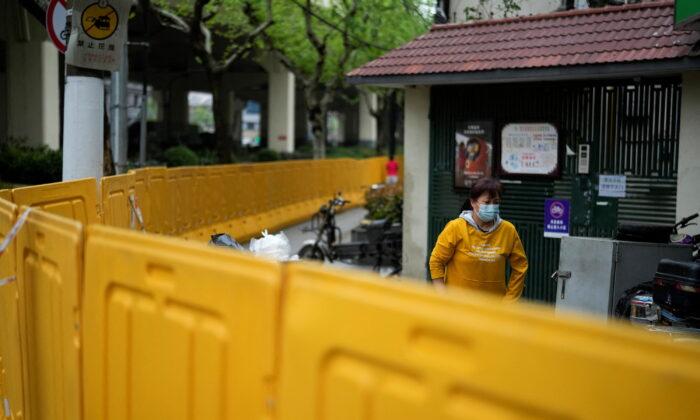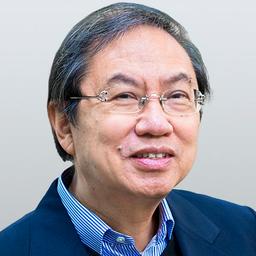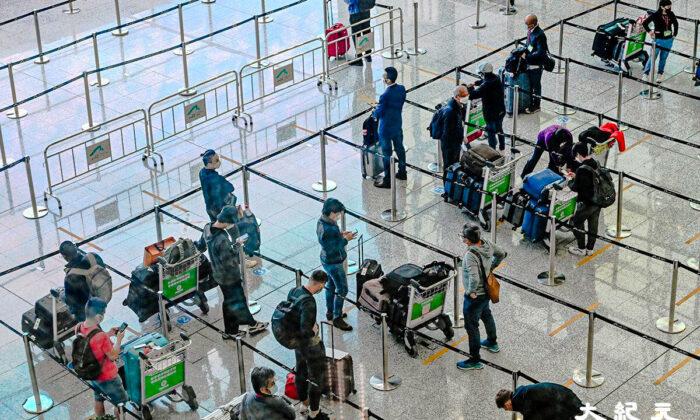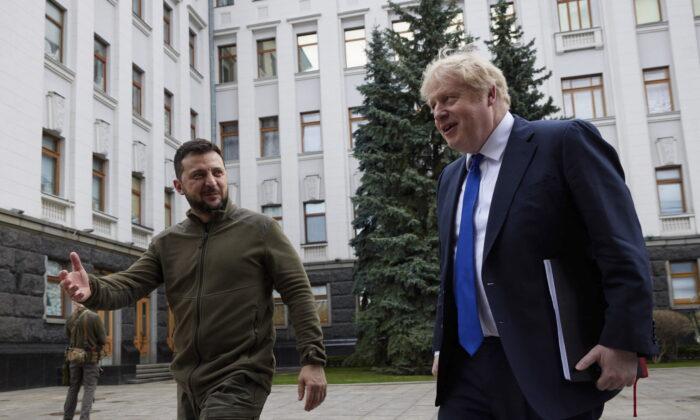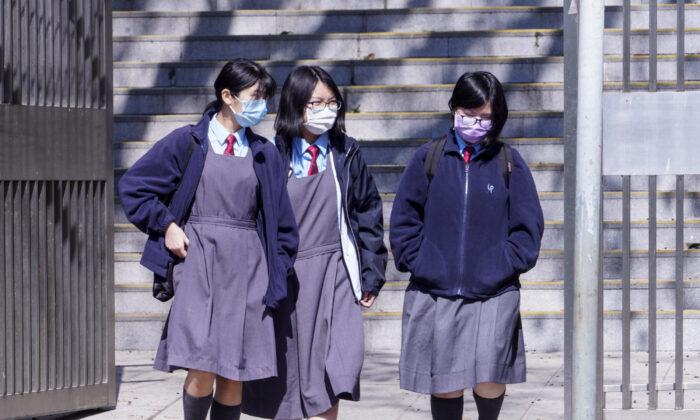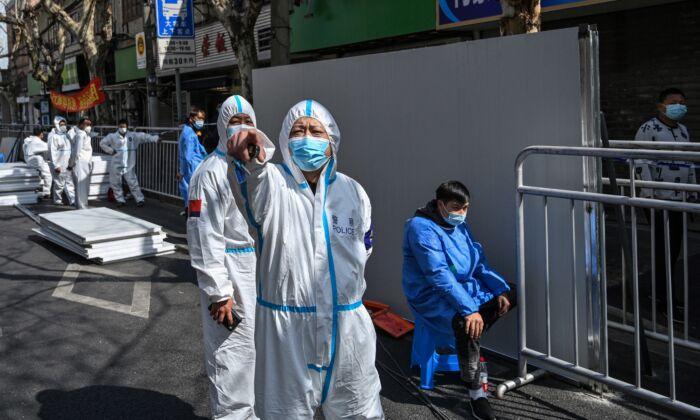Early last week, the pandemic situation in Shanghai continued to deteriorate. But according to official reports, there was only one serious case. Netizens naturally raised the question: was it worthwhile to lock down the city with a population of 25 million for a single serious case? Public opinion, however, is not expected to have an impact. Local officials understand that the leadership demands strict accountability in the combat of the epidemic; those who perform will be promoted and those who fail to deliver will lose their positions, especially when the 20th Party Congress is approaching.
A few months ago, experts suggested in the media to adjust the “zero case” approach and consider western countries’ experiences; but such views were suppressed immediately. Till now, the official propaganda machinery adopts a unified stand, the “zero case” approach becomes an unshakable state policy. The combat of an epidemic is a scientific medical issue. Most governments recruit experts as advisors, and largely rely on them to explain to the public the necessary policy measures. The Chinese authorities also recruit experts, but they can only toe the government line; they are not supposed to openly deliberate on different options and refer to successful foreign experiences. This is typical politicisation of the issue, and it is related to the leadership’s prestige.
Up till the end of last year, Shanghai performed quite well in containing the epidemic, and local leaders boasted of their accurate and concentrated policy programme. Recently, the metropolis has been accused by its neighbours for passing the virus to them. Chinese netizens often try to find a scapegoat for their troubles; not long ago Hong Kong was similarly blamed by Shenzhen.
Chinese leaders accord a high priority to the combat of the epidemic, partly to demonstrate the superiority of their political system, especially its mobilisation power. Besides North Korea, China’s mobilisation power probably tops the world. On April 3, 2022, over ten thousand medical personnel arrived at Shanghai to help; and on the following day they completed the COVID test for the entire city’s population. A few days later, more than thirty thousand medical personnel reached the city from several neighbouring provinces to help. Basic isolation facilities were also promptly set up.
For the people of Shanghai, however, this impressive mobilisation power had not delivered satisfactory services. Under severe lockdown measures, some families could not receive food in time. Families with sick members were worried about their medical supplies. A few patients could not produce satisfactory test records and died because of delays in seeking medical treatment. The most unreasonable arrangement was the separation of young symptomatic children from their parents.
Although the Chinese authorities tried hard to block news of the grievances, international media still managed to produce broad coverage of the Shanghai situation. The image of the Chinese authorities as an effective administration has been considerably damaged. The Indian economist Amartya Sen observed that in the modern era, serious famines had never occurred in democratic countries. This was because their governments accord a priority to the people’s interests, and would not impose dictatorial and unreasonable policies. The Shanghai situation offers a clear counter-example.
In a democratic country like New Zealand, the serious epidemic situation forced the authorities to impose a lockdown on cities like Auckland some months ago. Yet people were still allowed to go to nearby supermarkets to get their supplies, and take a walk within five kilometres from home for an hour every day. The government understands the needs of the people’s psychological health; and this is an important consideration regarding people’s rights.
The Shanghai situation was quite different. After a lockdown of a week or so, some people obviously suffered from mental stress. For the less serious cases, inhabitants loudly yelled in their apartments, and attracted similar behaviour from neighbours. In more serious cases, people fought with staffers implementing the lockdown, and some even went to the streets to curse the Party. Chinese officials refused to acknowledge the problem of mental stress in quarantine.
Politburo member, Vice-premier Sun Chunlan was in Shanghai to take command. On April 2, she announced the upholding of the “zero case” policy. Then on April 6, she demanded both the normal functioning of the city and the effective containment of the epidemic. Obviously while it was easy to give orders, it was far more difficult to implement them.
In the beginning of last week, the Shanghai authorities announced some relaxations, and the metropolis was divided into three zones. But the relaxation was limited, 60 percent of the population was still in the lockdown zone and could not leave their residences. Only one fifth in the precautionary zone could go to the streets and markets nearby.
It has been suggested that a country’s civility and human rights are best reflected in its prisons. Actually a country’s human rights conditions are quite clearly shown in its combat of a serious epidemic.
